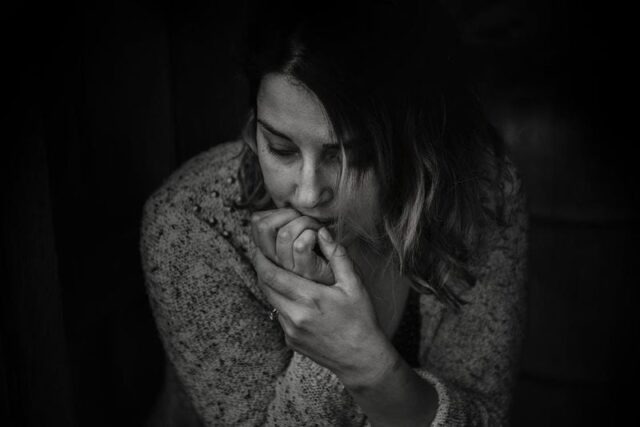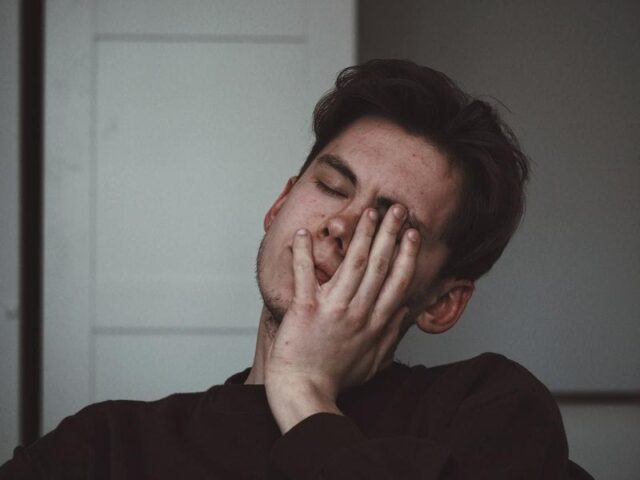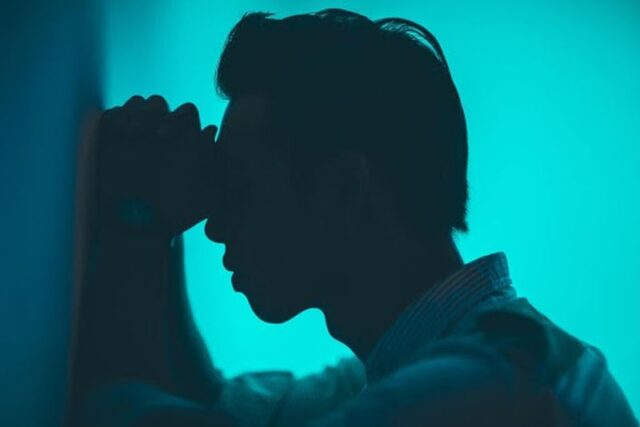
If the thought of heights makes your heartbeat escalate and or causes excessive sweating or lightheadedness, you might be experiencing acrophobia. The fear of heights affects almost 5% of the population and can cause considerable physical and psychological distress.
It’s important to understand the phobia itselfto receive the care you need.
What Is Acrophobia?
An intense, unexplainable, and irrational fear associated with heights is referred to as acrophobia. Research suggests that this may be the most commonly-experienced phobias and a significant cause ofanxiety and stress.
For people living with acrophobia, being in situations where they’re at a certain height or even thinking about them can cause panic and distress. Depending on the severity, people may feel a host of psychological and physical symptoms. From dizziness and panic to unexplainable distress and avoidance of heights, all are valid outcomes for someone with a fear of heights.

What Makes It Difficult To Cope?
Unlike specific phobias, such as the fear of flying or driving phobia, the fear of heights isn’t associated with any one activity. A panicked, irrationally anxious response may be derived from a number of situations triggering someone’s phobia—even if they’re not engaging in any specific activity.
Avoidant behaviors are often associated with phobias. The sudden and intense need to distance yourself from a situation that triggers your phobia is one way of managing what you’re experiencing. However, for many people, escaping their reality isn’t always a viable option. Even if you’re not physically in a situation that exposes you to heights, merely thinking about it or seeing someone else in it can be enough to trigger a phobic response.
For some people, rollercoasters may trigger their acrophobia. However, others may feel uncomfortable when they’re on the higher floors of a building and some may experience distress when thinking about mountains.
The abnormally persistent and excessive fear of heights is exacerbated by the fact that you may not be able to escape its triggers. While someone with a fear of water may avoid bodies of water, an acrophobia sufferer can’t always escape heights.

Is It Similar To Vertigo?
Most people often use the term vertigo to explain acrophobia, but this isn’t entirely accurate. This condition relates to a dizzying sensation of feeling like you’re spinning or moving when you’re not. Whether you feel yourself moving or the environment around you, vertigo is a disorienting condition that can affect your balance and ability to do even mundane tasks.
Unlike the fear of heights, vertigo may be associated with other underlying health conditions.While acrophobia is a phobia in itself, vertigo may be a symptom of one of the following:
- Head injuries
- Benign Paroxysmal Positional Vertigo (BPPV)
- Stroke
- Labyrinthitis
- Migraines
- Ménière’s disease
Recognizing The Symptoms

The fear of heights can manifest in a number of ways, with two people experiencing the same condition very differently. The symptoms of acrophobia can be divided into two categories, physical and psychological. Here’s how they present the symptoms:
Physical
The physical symptoms of acrophobia are mostly associated with the body’s stress response when faced with anxiety. The distressing situation you’re in triggers a fight-or-flight response where you experience excessive breathlessness, heart palpitations, dizziness, tremors, and sweating.
The feeling of dread isn’t just palpable in the form of the irrational fear, it manifests in ways that cause distress to your physical wellbeing too. When you start to experience severe physical symptoms, it’s a clear indication that the fear reaction isn’t easy to control.
Living with a fear of heights can be a constant cause of anxiety, distress, and panic. It can also impact your brain’s neurocircuitry. You shouldn’t have to live with it and, luckily, there are ways you can combat the effects of acrophobia.
Psychological

Since acrophobia comes under the umbrella of anxiety disorders, feeling anxious in these situations is natural. However, psychological distress can manifest in various ways, causing debilitating effects on your everyday life.
Overwhelming anxiety and fear can leave you feeling fatigued and burned out, especially coupled with the powerlessness of thinking you can’t do anything to combat the situation. The distressful feeling of wanting to escape your current situation can make take a toll on your mental wellbeing.
For many people who struggle with phobias, it can be difficult to reconcile their situation rationally. You may understand that you’re experiencing an irrational or disproportionate response, but you can’t help but feel helpless against it.
Celebrities with strange phobias
Celebrities, like all others, have fears and phobias.
We will share here, in this part, some of the most uncommon and strange phobias among celebrities.

Tyra Banks is afraid of dolphis!
She explained – “I’m afraid of dolphins. I used to have dreams that I was in a swimming pool and dolphins were, like, bumping into my legs.”
Kendal Jenner is afraid of tiny holes!
Trypophobics are ones that are afraid of tiny holes! Kendal Jenner is one of them, she said on her social media “Things that could set me off are pancakes, honeycomb or lotus heads (the worst!)
Scarlet Johanson is afraid of birds!
In one interview, while promotiong “We Bought a Zoo”, the famous actress revelead that she is afraid of birds! She said for New York Magazine “I’m only scared of birds. Something about wings and beaks and the flapping… I’m terrified of them. That stil hasn’t gone away. My uncle is terrified of birds as well, so this fear runs within the family!”
Some Parting Words
According to the National Institute of Mental Health (NIMH), almost 12.5% of America’s population experiences some phobia during their lives. It’s important to remember that you’re not alone in experiencing this—regardless of what the triggers or symptoms.
Conquer your fears—whether you’re experiencing a fear of driving, flying, or heights—with the help of holistic strategies. By focusing on your overall wellbeing, you can break free of the cycle of pain and distress.
Talk therapy, self-help techniques, and gradual exposure therapy can teach you how to overcome these anxiety-inducing phobias and fears. You can learn more about these techiques and lessons on getoverphobia.com.





